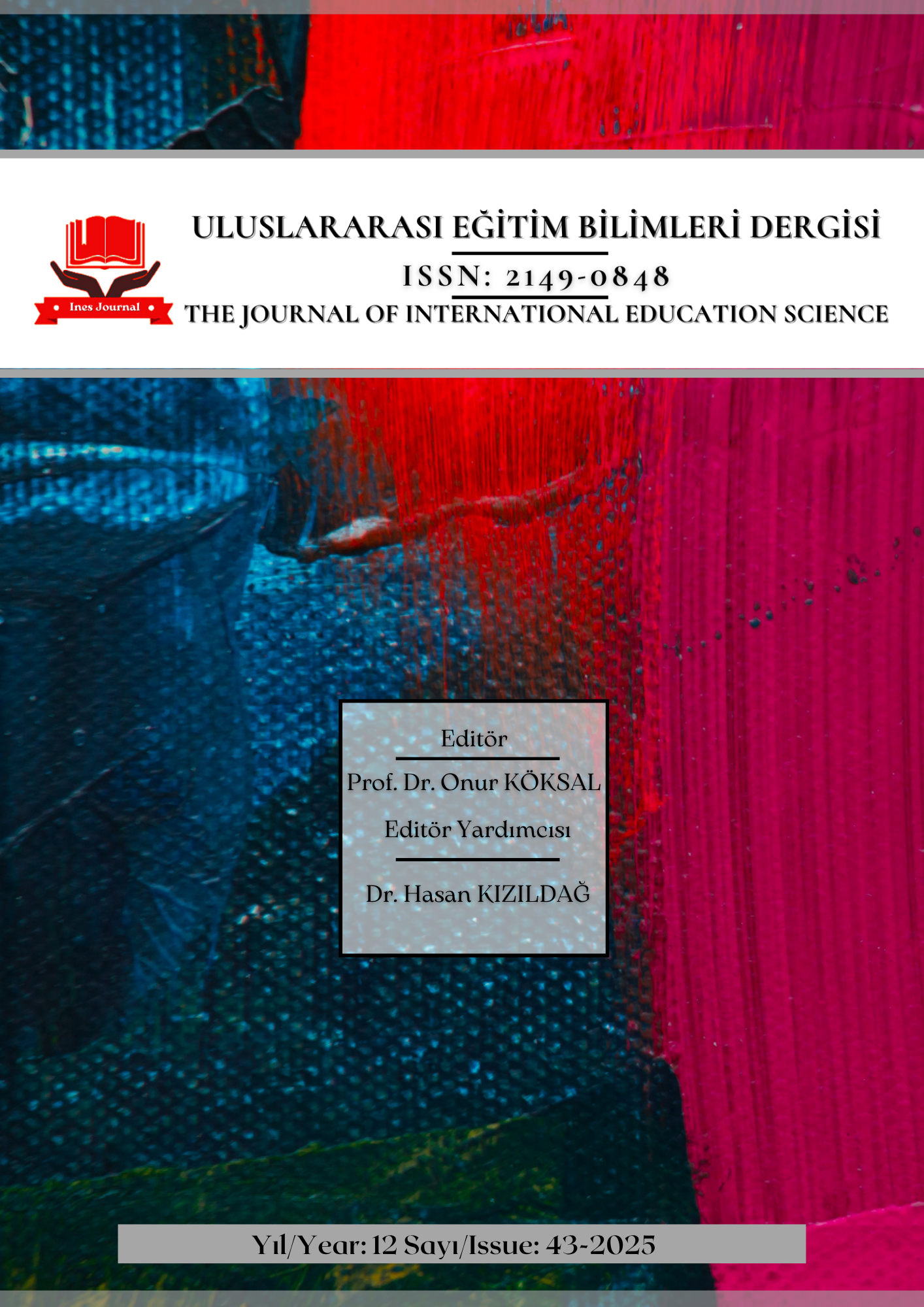Bilişsel Oyun Temelli Dil Gelişim Programının Ana Dili Türkçe Olmayan Okul Öncesi Dönem Çocuklarının İkinci Dil (Türkçe) Edinimine Etkisinin İncelenmesi
Author :
Abstract
Bu çalışma, ana dili Türkçe olmayan okul öncesi çocukların ikinci dil olarak Türkçeyi edinmelerine yönelik olarak geliştirilen Bilişsel Oyun Temelli Dil Gelişim Programı’nın etkisini incelemeyi amaçlamaktadır. Araştırmada ön-test/son-test kontrol gruplu yarı deneysel desen kullanılmıştır. Çalışma grubunu, Türkiye'nin Mardin ili Dargeçit İlçe Milli Eğitim Müdürlüğü’ne bağlı iki köy okulunda eğitim gören, 22’si deney ve 22’si kontrol grubunda yer alan toplam 44 çocuk oluşturmaktadır. Veriler, “Kişisel Bilgi Formu” ve çocukların alıcı dil yaşlarını ölçebilmek amacıyla “Peabody Resim Kelime Testi” kullanılarak toplanmıştır. Deney grubuna toplam 20 saat süren program uygulanmıştır. Elde edilen bulgular, deney ve kontrol gruplarının ön test puanları arasında anlamlı bir fark bulunmadığını göstermiştir; bu da grupların başlangıçta benzer dil düzeyine sahip olduğunu göstermektedir. Son test puanları deney grubunun lehine artsa da, gruplar arası fark istatistiksel olarak anlamlı değildir. Ancak grup içi karşılaştırmalarda, deney grubunda anlamlı bir gelişme, kontrol grubunda ise daha sınırlı fakat anlamlı bir gelişme gözlemlenmiştir. Bulgular, programın ikinci dil edinimini destekleyici etkileri olabileceğini göstermektedir; ancak bu etkinin daha uzun süreli uygulamalar ve daha geniş örneklem gruplarıyla desteklenmesi gerekmektedir.
Keywords
Abstract
This study aims to examine the effect of the Cognitive Play-Based Language Development Programme developed for non-native Turkish preschool children to acquire Turkish as a second language. A quasi-experimental design with pre-test/post-test control group was used in the study. The study group consisted of a total of 44 children, 22 in the experimental group and 22 in the control group, studying in two village schools affiliated to Dargeçit District Directorate of National Education in Mardin, Turkey. The data were collected using the ‘Personal Information Form’ and the ‘Peabody Picture Vocabulary Test’ to measure the children's receptive language ages. A total of 20 hours of programme was applied to the experimental group. The findings showed that there was no significant difference between the pre-test scores of the experimental and control groups, indicating that the groups had similar language levels at the beginning. Although the post-test scores increased in favour of the experimental group, the difference between the groups was not statistically significant. However, within-group comparisons showed a significant improvement in the experimental group and a more limited but significant improvement in the control group. The findings suggest that the programme may have supportive effects on second language acquisition; however, this effect needs to be supported by longer-term implementations and larger sample groups.





